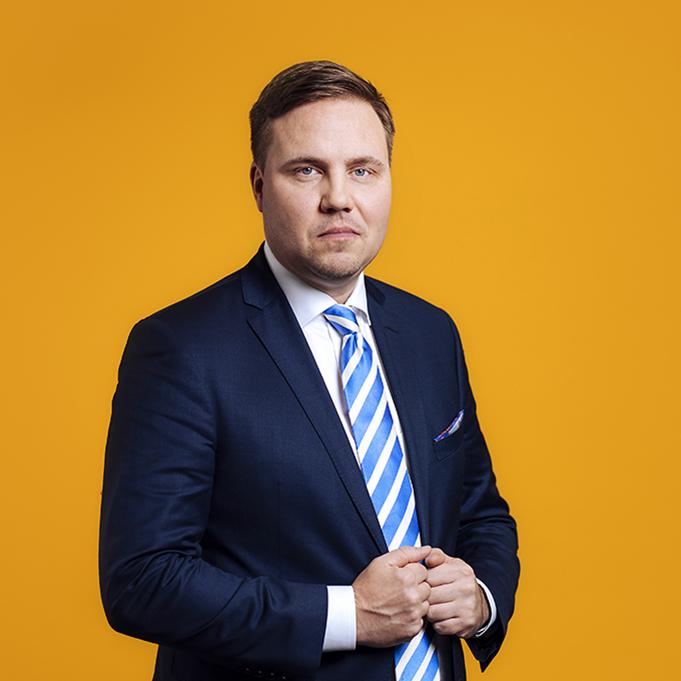Kimmo Koivurinne: Recipe for pension investments in first half of 2023: diversification, diversification, diversification
Pension assets grew by EUR 2 billion during the second quarter, totalling EUR 243 billion at the end of June. Returns on investments were boosted by the good performance of the international stock markets earlier this year. The fixed-interest markets also yielded returns. Meanwhile, the property markets and alternative investments treaded water.

In my previous analysis, of the first quarter of 2023, I listed the reasons for the underperformance of the Finnish stock market: our exchange is focused on a few large corporations and we have too much traditional industry in relation to the tech sector, which has performed brilliantly this year. During the second quarter of the year, the gap with foreign stock market indexes grew even larger. Over the first six months of the year, the Helsinki stock exchange dropped eight per cent as other key exchanges showed increases of double-digit percentages.
Our most recent asset information as of the end of June may be found on the Amount of pension assets page.
The performance of stock market indexes, i.e., share prices, is highly significant for pension assets, as a large degree of equity risk is taken with our pension assets. Equity investments make up over half of the entire portfolio. Listed shares represent almost 70% of the equity allocation. From the perspective of yield optimization, pension portfolios should include even more equity risk than at present. In other words, there should be less diversification between asset classes. The goal is increased long-term yield, but would nevertheless mean greater short-term value fluctuations.
Diversification in line with the purpose of earnings-related pension assets
Now and again, the idea that more or even all pension assets should be invested in Finnish shares is raised. This harks back to the genesis of our earnings-related pension system and the idea that it should invest in Finnish industry. However, pension assets have but one function: to stabilize the financial basis for current and future pensions.
Finance theory teaches us that the rational approach would be to diversify pension investments internationally even further. At present, just under one fifth of major pension providers’ equity investments are in Finnish shares, around one tenth in the Eurozone, and the majority, over 70 per cent, in other regions. The rest of the world includes North America, Asia and emerging markets. The proportion of Finnish shares in pension portfolios has dropped significantly from previous years.
In the next main category after shares, fixed-income investments, the level of Finnish bonds is well under ten per cent. We are thus unafraid to invest globally in the fixed-income category. The bottomless depth of the international fixed-income markets makes it natural to invest primarily in foreign government and corporate bonds. However, what could also be working in background here is the scourge of our financial market: quite modest capacity. On the fixed-income side, there is a dearth of both traders and issuers.
In other asset classes, the degree of investment in Finland is sometimes even higher than in equity investments. Almost two thirds of major pension providers’ property investments are Finnish. At the other extreme, alternative investments are one hundred per cent foreign these days. The shares of both property investments and alternative investments in pension portfolios are on average just over ten per cent. That is not a large percentage, but the total in euros runs into the tens of billions.